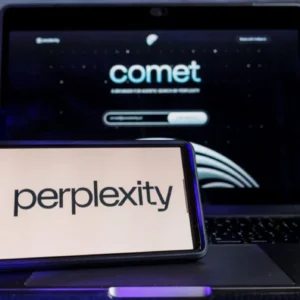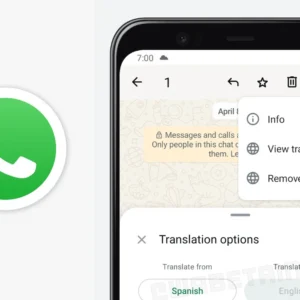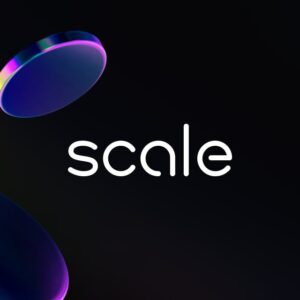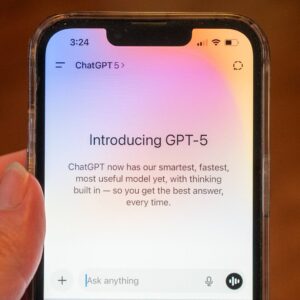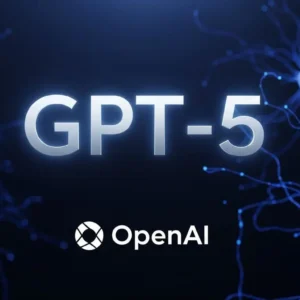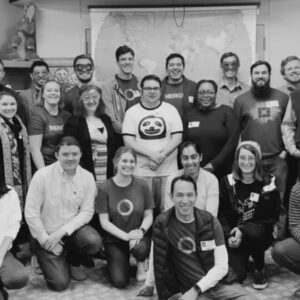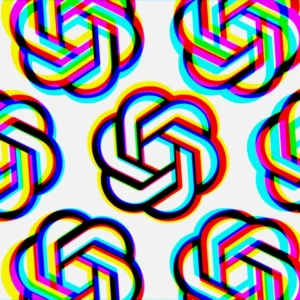Unlike older AI models that mostly worked with text, o3 and o4-mini are designed to understand, interpret, and even reason with images. This includes everything from reading handwritten notes to analyzing complex screenshots.
Key Highlights of the o3 Model:
- Can zoom, crop, and scan parts of an image.
- Reads handwriting and understands visual layouts.
- Helps debug code by analyzing screenshots.
- Identifies places or items in images, like reading a restaurant menu and guessing the cuisine.
This ability to “see and think” allows o3 to solve tasks that normally require human-level reasoning. In one test, the model figured out a location using only a photo of a menu, without any extra location data. That’s a major shift in how AI can be used in real-world scenarios.

o4-mini, though a lighter version, still offers high-level image analysis. It’s fast and accurate, making it perfect for simpler tasks or where less computing power is available.
Smarter AI Through Image Understanding
Image reasoning is what truly sets these models apart. Rather than just identifying objects, they understand context and meaning. For example:
- A student can upload a picture of handwritten notes, and the model will check for grammar or spelling errors.
- A developer can submit a screenshot of an error message, and the AI might suggest how to fix it.
- Businesses can use image data to scan product labels, signs, or customer documents automatically.
These tasks were once only possible with human help. Now, AI is catching up — and in many cases, it’s even faster and more accurate.
Real-World Benefits for All Users
You don’t have to be a tech expert to use these models. That’s part of their appeal. The models can switch between tools, such as coding assistants, document readers, or image generators, without needing step-by-step instructions.
Here’s how different people might use this technology:
Teachers:
- Check handwritten homework for spelling or content errors.
Travelers:
- Translate foreign menu images or street signs in real-time.
Business Owners:
- Scan and process printed receipts or product packaging.
Students and Developers:
- Fix code bugs, edit scanned essays, or ask for suggestions on rough sketches or notes.
This flexibility makes o3 and o4-mini extremely useful in everyday tasks, offering a faster and simpler way to solve problems.
Performance That Speaks for Itself
The performance benchmarks of the new models are impressive. The o3 model scored 136 on the Mensa Norway IQ test, one of the highest results for any AI. It also ranked at the top in LiveBench tests across several areas like logic, coding, and general reasoning.
Greg Brockman, OpenAI’s President, called this a major step forward, comparing it to the launch of GPT-4. These results show that image-based reasoning isn’t just a fancy feature — it’s now a core strength of the best AI systems in the world.
What Lies Ahead for AI with Image Reasoning?
This breakthrough opens the door to even more advanced use cases. Future models could be used in:
- Medical image analysis to assist doctors.
- Design help for architects and engineers.
- Legal and document review for lawyers.
But with these benefits come a few challenges. Large models like o3 require powerful hardware. That could make it harder for smaller teams or individuals to use them. Also, analyzing images raises privacy concerns, especially when dealing with personal or sensitive photos. It will be important for companies like OpenAI to ensure strong user protection.
Final Thoughts
The release of o3 and o4-mini shows just how fast AI is improving. By understanding both images and text, these models represent a big leap toward making AI more human-like and practical in everyday life. From students to professionals, more people can now benefit from this technology without needing deep technical skills.
As AI models with image reasoning become more common, we might soon see even more powerful tools that can work across images, videos, speech, and more — helping us work, learn, and create in ways we’ve never seen before.
Reference Links:
- OpenAI Official Site – Model Capabilities
- MIT Technology Review – AI Advancements
- LiveBench AI Model Benchmarks
